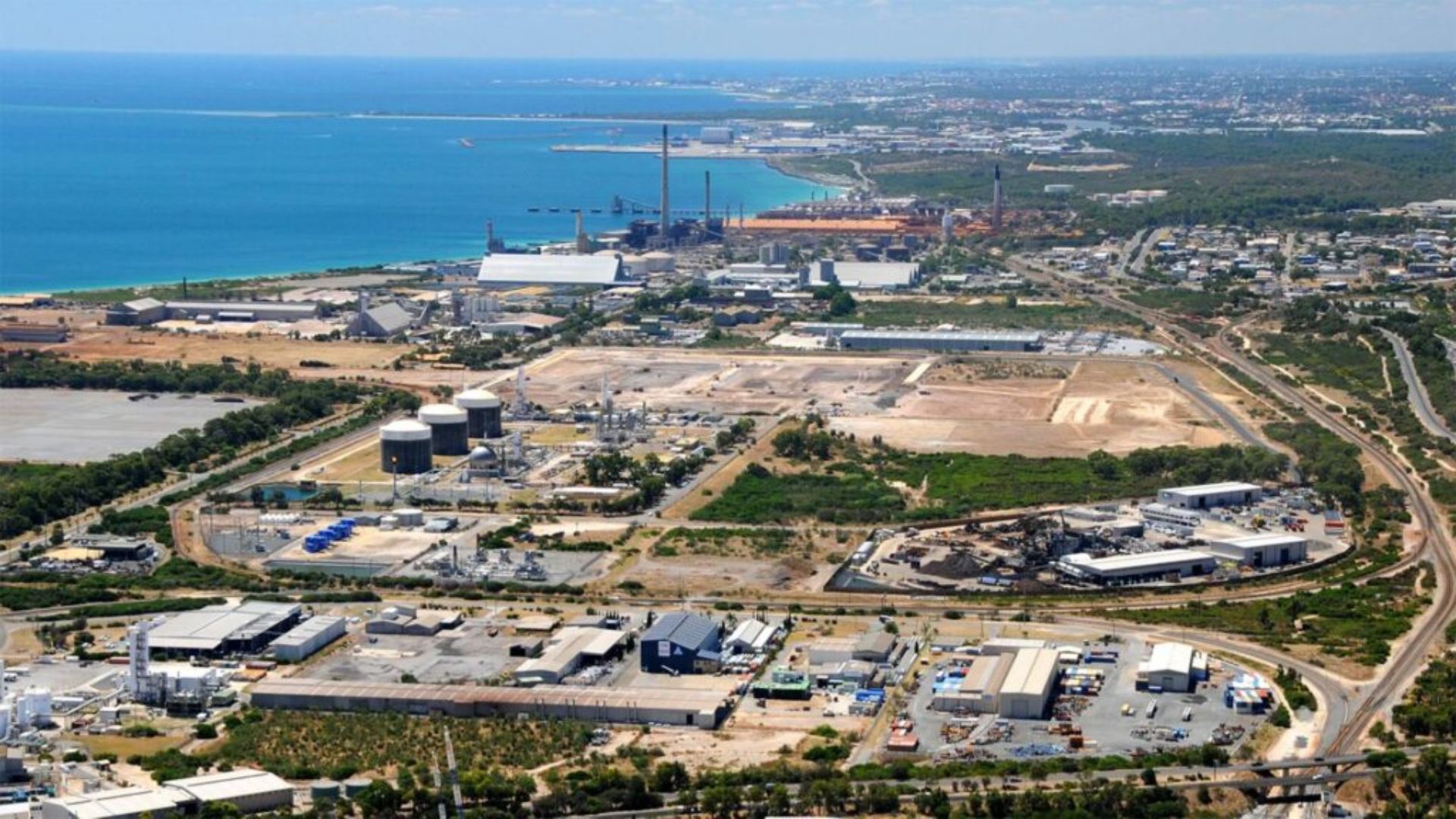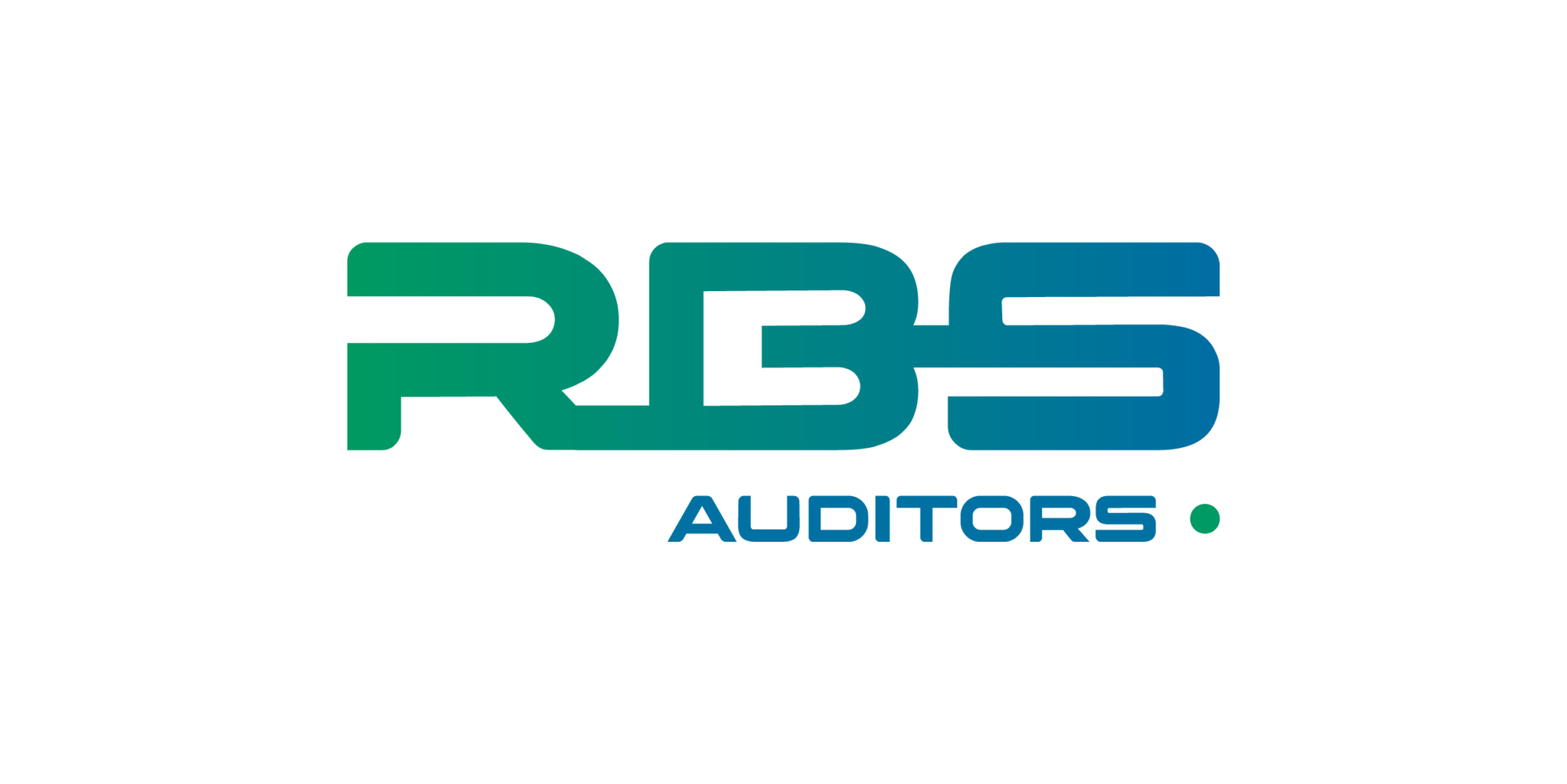
Liquidating a freezone company in the UAE is a complex process that involves various legal and administrative steps. Whether due to strategic business decisions, financial difficulties, or other reasons, understanding the liquidation process is crucial for ensuring compliance with local regulations and minimizing potential liabilities. This article outlines the key steps involved in the UAE Freezone Company Liquidation, providing a clear guide for business owners.

Board Resolution:
The first step in the liquidation process is to obtain a board resolution. The company’s board of directors must formally agree to liquidate the company and document this decision in a resolution.
Importance:
Formal Decision: Ensures that the decision to liquidate is officially recorded and agreed upon by all directors.
Legal Requirement: Necessary for proceeding with the liquidation process.
Appointment of a Liquidator:
A licensed liquidator must be appointed to oversee the liquidation process. The liquidator’s role is to manage the dissolution of the company, settle debts, and distribute any remaining assets.
Responsibilities:
Debt Settlement: Ensures all outstanding debts and obligations are settled.
Asset Distribution: Manages the distribution of remaining assets to shareholders.
Notification to Freezone Authority:
The company must notify the relevant freezone authority of its intention to liquidate. This involves submitting a formal application along with required documentation, such as the board resolution and the appointment of the liquidator.
Documentation:
Application Form: Completed and signed by authorized representatives.
Board Resolution: Copy of the board resolution approving the liquidation.
Liquidator’s Appointment Letter: Document confirming the appointment of the liquidator.
Public Announcement:
In some freezones, it is required to make a public announcement of the liquidation. This announcement is typically published in local newspapers and serves to inform creditors and other stakeholders about the liquidation.
Purpose:
Stakeholder Notification: Ensures creditors and stakeholders are aware of the company’s liquidation.
Claims Settlement: Allows creditors to submit claims against the company.
Settling Debts and Obligations:
The liquidator is responsible for settling all outstanding debts and obligations of the company. This includes paying off creditors, closing bank accounts, and settling any pending bills or dues.
Steps:
Debt Payment: Settles all outstanding debts with creditors.
Bank Account Closure: Closes the company’s bank accounts.
Final Payments: Settles any remaining financial obligations.
Final Audit and Clearance:
A final audit of the company’s accounts must be conducted to ensure all financial matters are in order. The audit report is submitted to the freezone authority along with an application for final clearance.
Audit Report:
Financial Review: Comprehensive review of the company’s financial status.
Submission: Audit report submitted to the freezone authority for clearance.

Conclusion:
The liquidation of a freezone company in the UAE involves a series of meticulous steps that must be followed to ensure compliance with legal and regulatory requirements. From obtaining a board resolution to final deregistration, each step is crucial for a smooth and efficient liquidation process. Engaging professional auditing services, like those offered by RBS Auditors, can provide valuable assistance and guidance throughout the process, ensuring that all legal and financial obligations are met. By understanding and following the necessary steps, business owners can successfully navigate the complexities of UAE freezone company liquidation.


